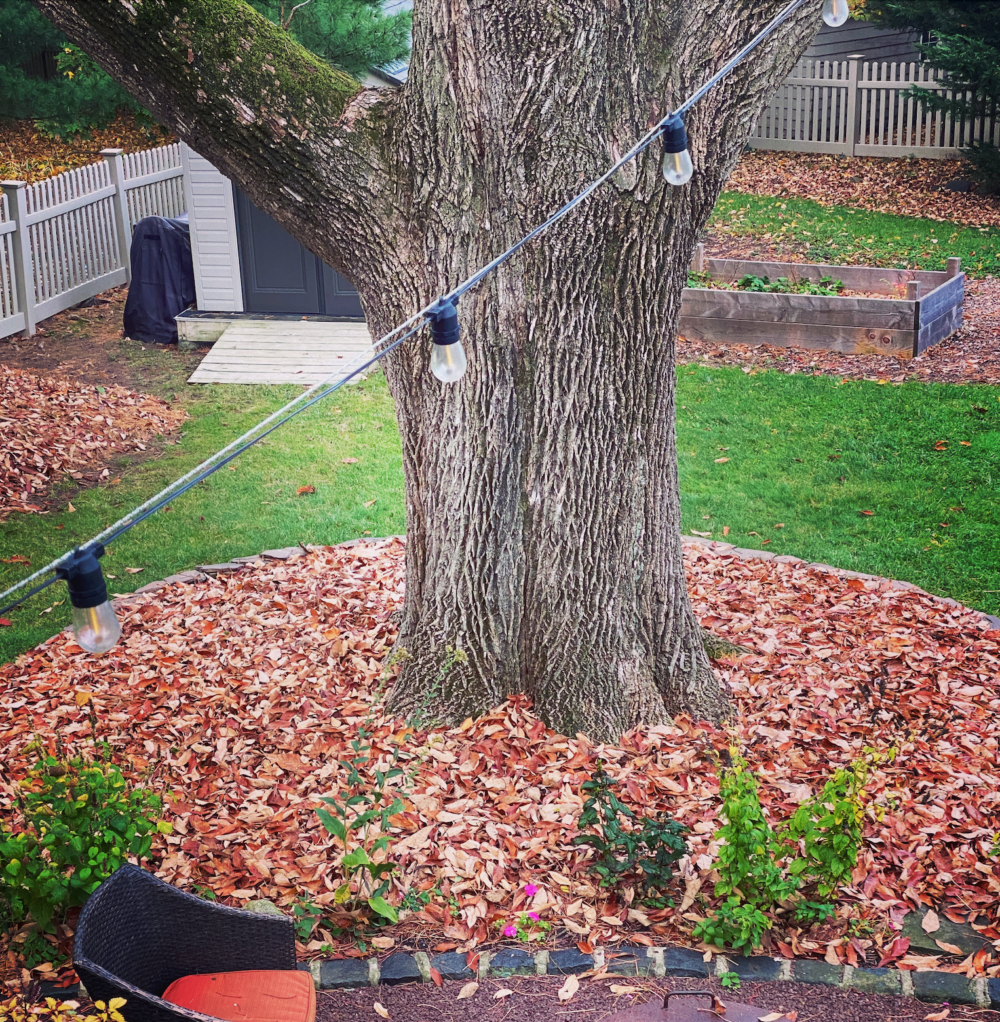We have much more to do and your continued support is needed now more than ever.
Create an Enchanted Wildlife Garden

Engage the Senses
Create a space such as a Certified Wildlife Habitat that engages the senses of sight, smell, hearing, taste and touch. Wildlife garden habitats can be children’s discovery gardens offering areas that not only stretch imaginations, but muscles as well. Physical activity can be accomplished through digging, building, rearranging or climbing areas. Children can be active locating a hollow log or brush pile to create shelter for rabbits and birds.
In gardens or other outdoor areas, native aromatic plants like bee balm or purple anise hyssop combined with herbs like rosemary, thyme, dill, and lavender are good for pollinators and children. Additionally, fragrant herbs, brightly colored edible flowers like nasturtiums, textured plants like lambs ear, rustling grasses and wind chimes all add to the sensory experience.
Invite Surprise
Have ways to attract native wildlife to your garden. A key element for wonder is the anticipation of finding a special guest in the garden. To ensure this, make sure the garden is a sustainable habitat that invites in nature. Wildlife is attracted to gardens that provide a habitat of food, water, cover and places to raise young. Using native plants, natural compost and no chemicals can help you maintain a healthy environment where your children can play and have an important effect on the health of the soil, air, water and habitat for native wildlife. Eastern box turtles, toads, baby bunnies, moles, chipmunks, woodpeckers, hawks, deer, monarch butterflies and many different types of colorful birds are all possible visitors that can be found in Certified Wildlife Habitats.
Allow Time
Provide children time to discover enchantment. Creating a wildlife garden near you allows for easy access to a safe space for children to explore without an agenda. Molly Dannenmaier’s A Child’s Garden: Enchanting Outdoor Spaces is a good resource for how to incorporate nine elements in your garden: water, creatures, refuges, dirt, height, movement, make-believe, nurture and learning. Dannenmaier provides instructions for making simple structures, such as tunnels made from living willow, vegetable caves, hiding places made from vine arbors, topiaries, sculptures and living screens. Water features and more complex designs are described for those having more space and bigger budgets.

Invite children to make the area their own by asking them what they want in the space. Encourage them to pick out a statue, make a toad or mason bee house, and decorate plant labels, stepping stones or other art to personalize their wildlife garden.
Start small; help your children find safe places to explore and create. Leave some trees with low hanging branches, less than two feet off the ground where children can hide and be in their own secret world. Personalize the yard by helping children pick out and plant a tree or shrub that they can name. Give them areas where they can explore the terrain and make a mess.
Wonder and curiosity abound in creating discovery spaces such as a Certified Wildlife Habitat. These wildlife gardens, be it in your own yard or a nearby community green space, can provide habitat for butterflies, birds, bees, and other wildlife near your home. Wherever you and your children create a safe wildlife garden to play, the essential elements of enchantment are the same.
Learn more about how to connect kids with nature today!





















